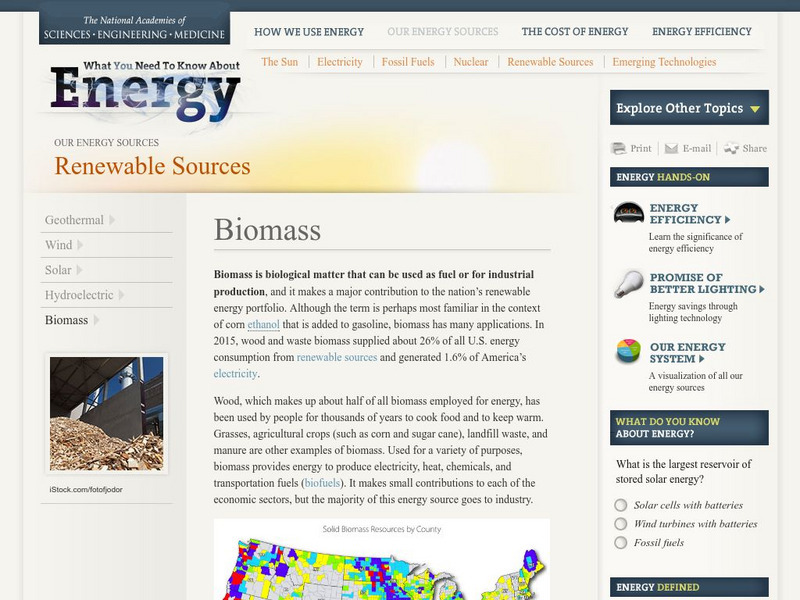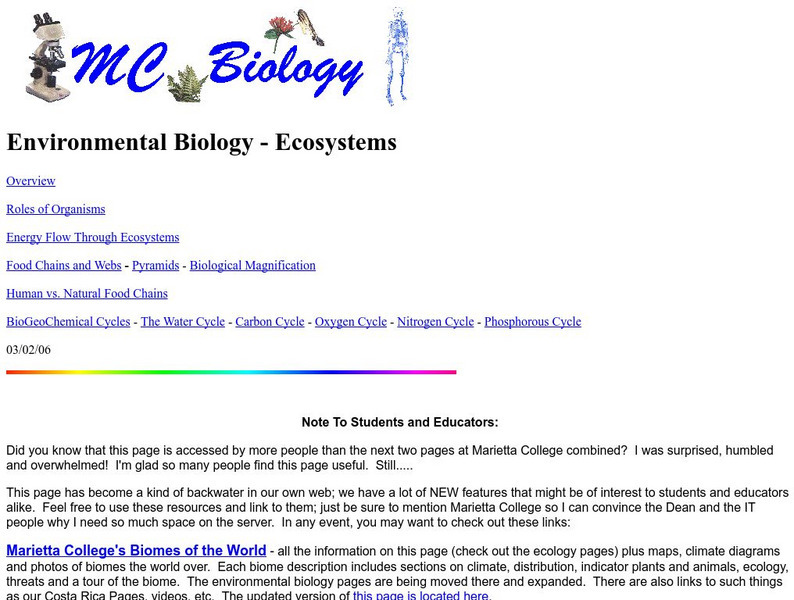TED Talks
Ted: Ted Ed: Biofuels and Bioprospecting for Beginners
Biofuels can provide energy without the reliance on environmentally harmful fossils fuels, but scientists are still searching for a plentiful source. Craig A. Kohn demonstrates how cellulose, the naturally abundant tough walls of plant...
Science Buddies
Science Buddies: Project Ideas: Growing Green: How to Extract Energy From Grass
In this energy science fair project, the student will experiment with three types of grasses and determine which variety yields the highest amount of biomass. The Science Buddies project ideas are set up consistently beginning with an...
Science Buddies
Science Buddies: Burning Biofuels: Comparing Nonrenewable and Renewable Fuels
Will using agrofuel offer a substantial alternative to using fossil fuel? With this experiment you can compare the amount of heat energy released by agrofuel and fossil fuel. The Science Buddies project ideas are set up consistently...
Science Buddies
Science Buddies: From Trash to Gas: Biomass Energy
Have you ever dreamed of a world where you could take the scraps from last night's dinner and toss them into your car's fuel tank and make gas? Well, we're not quite in "Back to the Future" yet, but in this energy science fair project,...
CK-12 Foundation
Ck 12: Episd: Trophic Levels
[Free Registration/Login may be required to access all resource tools.] Understand what trophic levels are and identify producers and consumers in a food web.
TeachEngineering
Teach Engineering: Renewable Energy Living Lab: Energy Experts
Students use real-world data to evaluate various renewable energy sources and the feasibility of implementing these sources. Working in small groups, students use data from the Renewable Energy Living Lab to describe and understand the...
TeachEngineering
Teach Engineering: Renewable Energy Living Lab: Energy Priorities
Students analyze real-world data for five types of renewable energy, as found on the online Renewable Energy Living Lab. They identify the best and worst locations for production of each form of renewable energy, and then make...
TeachEngineering
Teach Engineering: Renewable Energy Living Lab
Students become familiar with the online Renewable Energy Living Lab interface and access its real-world solar energy data to evaluate the potential for solar generation in various U.S. locations. They become familiar with where the most...
McGraw Hill
Glencoe: Technology Education: Alternative Fuels Web Quest
The object of this WebQuest is for you to research alternative fuels and figure out their benefits. Resources are provided as well as study questions to guide your quest.
US Energy Information Administration
U.s. Eia Energy Kids: Energy Sources: Renewable
Find out what renewable energy is and the role it plays in meeting energy needs. Renewable energy sources include biomass, hydropower, geothermal, wind, and solar.
PBS
Pbs Nova: Design a Renewable Future
This interactive Lab investigates what energy is, how it can be converted into useful forms, and why some sources are running low. The Research Challenge allows students to design their own renewable energy systems to generate power in...
US Energy Information Administration
U.s. Eia Energy Kids: Energy Sources: Renewable
Learn about renewable energy sources including biomass, which includes biofuels, hydropower, geothermal, wind, and solar.
State Energy Conservation Office-Texas
Seco: Biomass: Nature's Most Flexible Energy Resource [Pdf]
Sources of biomass fuel are described, ways it is used, and the economic opportunities available to Texas farmers and industries that produce biomass fuels.
State Energy Conservation Office-Texas
State Energy Conservation Office: Electricity From the Sun [Pdf]
Discusses forms of renewable energy that rely on the sun. For example, wind is created when solar energy heats the air, and biomass is solar energy that has been stored in plants.
State Energy Conservation Office-Texas
State Energy Conservation Office: Energy Sources: Fuels From Biomass: Biodiesel
Discusses biodiesel fuel production and the benefits that this renewable energy resource has for the environment and the economy.
State Energy Conservation Office-Texas
State Energy Conservation Office: Energy Sources: Biomass: Manure for Fuel
Texas is famous for its cattle ranches, and all those cattle produce a lot of manure. Texans are working on projects to harness the energy in manure in various ways. Dry manure has been and continues to be burned for heating and cooking....
State Energy Conservation Office-Texas
State Energy Conservation Office:energy Sources: Biomass Energy From Agriculture
Texas has the potential for becoming a leading provider of biomass energy due to its agricultural industry. Some crops produced in Texas, such as canola, switchgrass, sorghum, and sugarcane, have been identified as energy crops that...
Energy4Me
Energy4me: Great Energy Debate
After learning about all the energy sources, students will be able to list and identify the economic and environmental advantages and disadvantages of them.
National Academies of Sciences, Engineering, and Medicine
The National Academies: Renewable Sources: Biomass
The pros and cons of harnessing energy from biomass are outlined. Biomass refers to biological materials that are used to produce energy. Wood and manure are examples of biomass.
Energy for Sustainable Development
Esd Bulgaria: Kids & Energy: Energy and Trees
An interesting discussion of energy forestry, where a fast-growing species of tree or woody shrub is grown specifically to provide biomass or biofuel for heating or power generation. Explains some benefits and problems with this industry.
US Department of Energy
U.s. Department of Energy: Energy Basics: Renewable Energy: Biomass
Find out about the renewable energy resource using biomass technologies. Learn about the three main types of biomass and how the stored energy from the sun is captured for use.
Wikimedia
Wikipedia: Biomass
Learn about "biomass," organic non-fossil material of biological origin. Includes external links.
Climate Literacy
Clean: Evaluating Woody Biomass Options for North Carolina's Electricity Future
In this activity, students learn about the pros and cons of co-firing woody biomass fuels with coal to produce electricity.
Other
Marietta College: Ecosystems
Complete illustrated discussion of energy flow within ecosystems, including discussions of trophic levels, ecological pyramids, food chains and webs, biological magnification, and cycles.





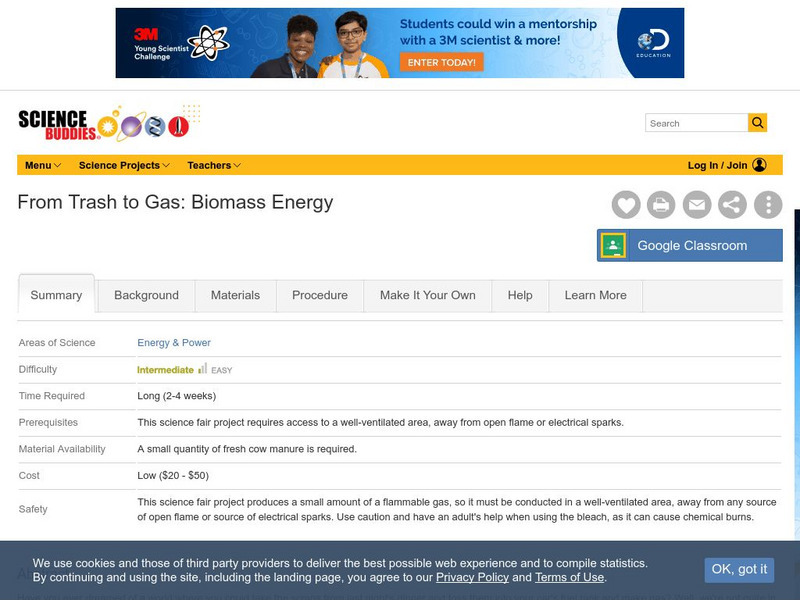
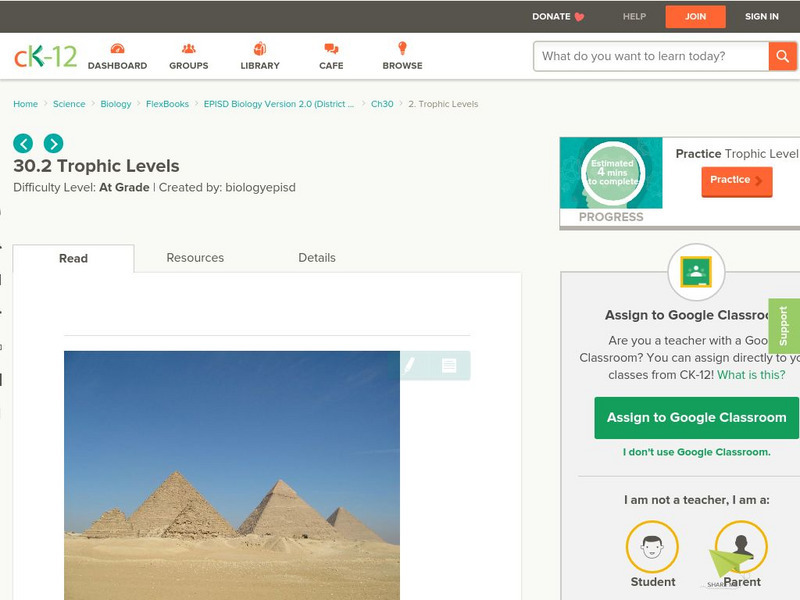
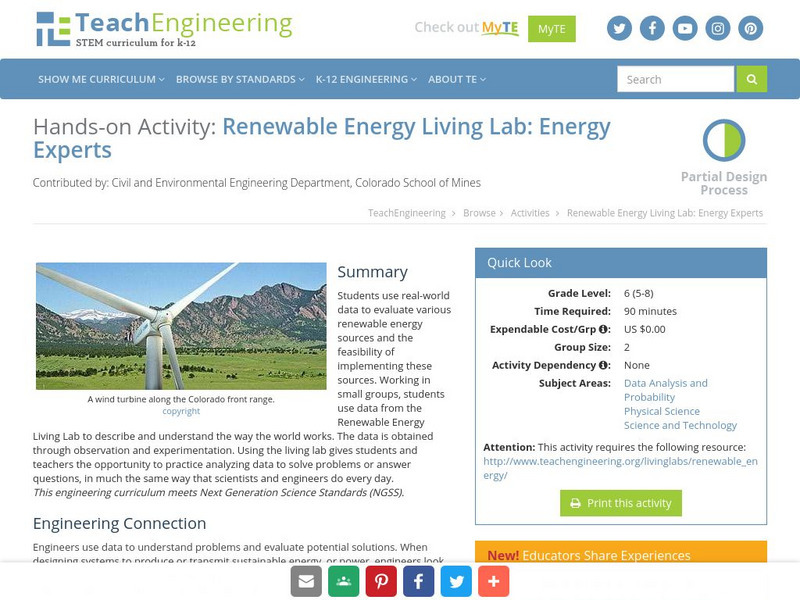
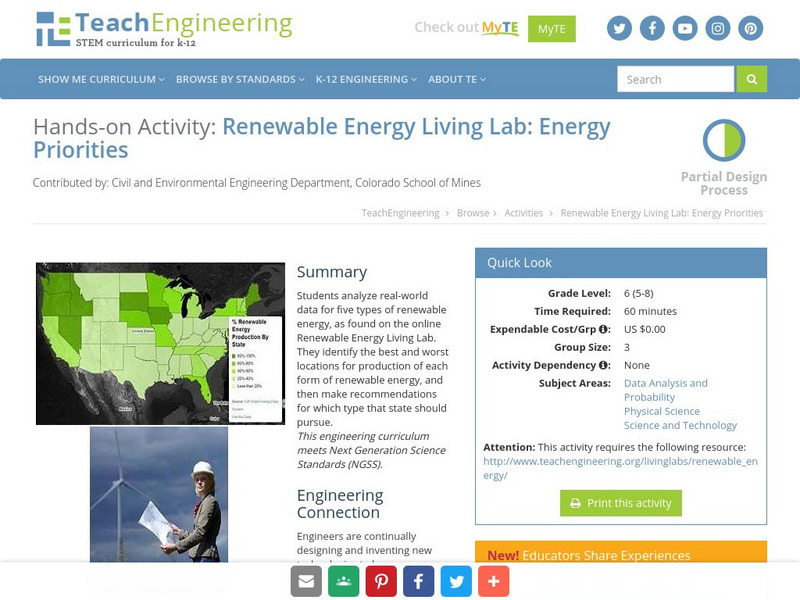
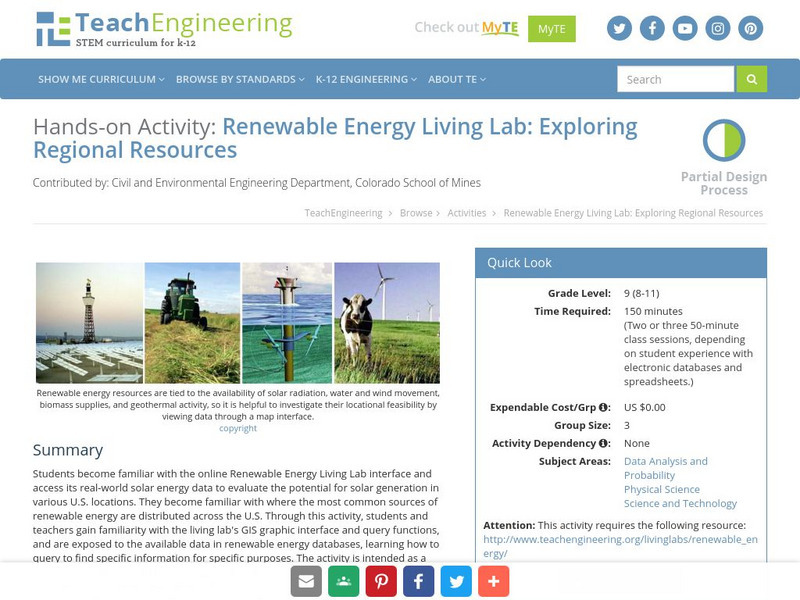

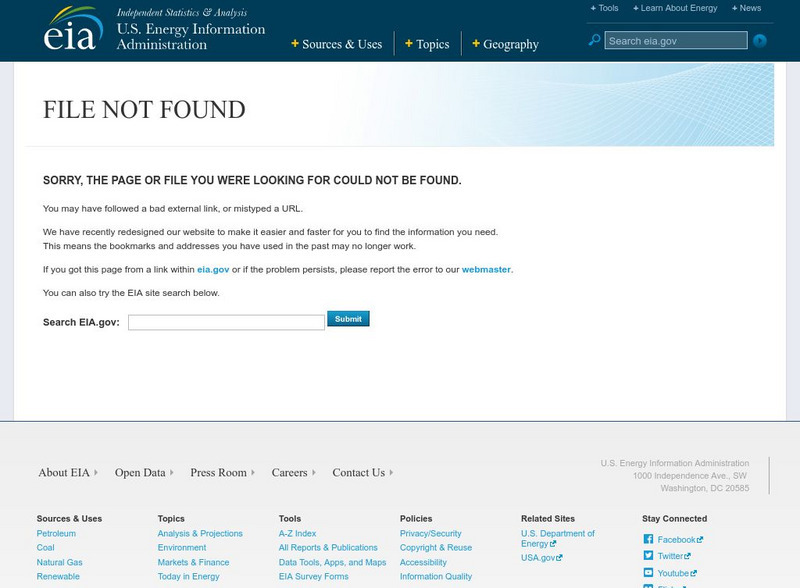


![Seco: Biomass: Nature's Most Flexible Energy Resource [Pdf] Handout Seco: Biomass: Nature's Most Flexible Energy Resource [Pdf] Handout](https://d15y2dacu3jp90.cloudfront.net/images/attachment_defaults/resource/large/FPO-knovation.png)
